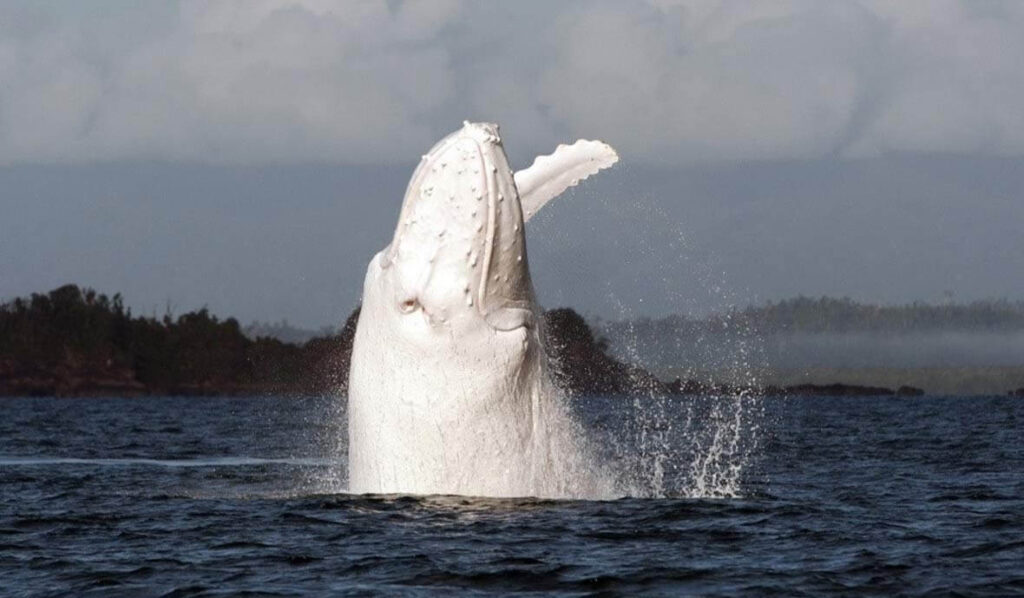The white humpback whale Migaloo, Australia’s most famous whale, has not been officially observed in two years.
From May to November each year, the humpback whale population makes its yearly migration from Antarctica to the warmer seas off the coast of northeastern Australia, boosting expectations that white whales will resurface.

However, despite several false reports, there has been no confirmed sighting of Migaloo as of June 2020.
The renowned whale was originally spotted off the coast of Byron Bay in 1991, and scientists have been watching it ever since.
Migaloo, which means “whitefella” in various native languages, was given to him.

The Migaloo’s colour piqued the interest of researchers because it is thought to be the first all-white whale in the eastern humpback whale population.
In an article for The Conversation, Macquarie Marine scientist Dr Vanessa Pirotta explains that a Migaloo sighting is influenced by a number of factors.

There are social aspects, such as contacts with other whales or a desire to migrate north to breed, according to Dr. Pirotta.
Dr. Pirotta also mentioned that environmental factors such as currents and water temperature could influence where Migaloo decides to swim.

Dr. Pirotta points out that whales confront man-made risks in the water as well, such as entanglement in fishing gear or collisions with vessels.
They may also encounter natural hazards, such as being prey to killer whales.
According to Dr. Pirotta, a fake sighting occurred in New South Wales this year.
Meanwhile, a whale was spotted swimming near Cape Schanck off Victoria’s southern coast last April, sending many Migaloo lovers into a frenzy.
Although the sighting has not been confirmed as a Migaloo, at that time of year, the white humpback is supposed to have migrated north along the east coast.
Dramatic rescue to save humpback whale and her calf trapped in shark nets
